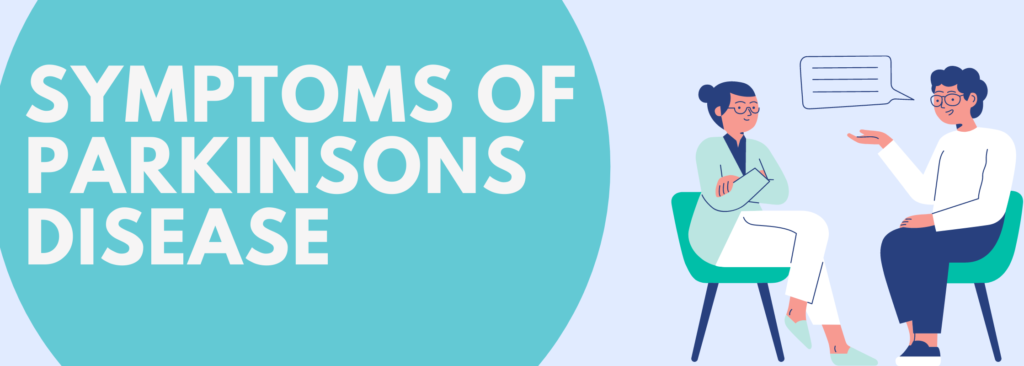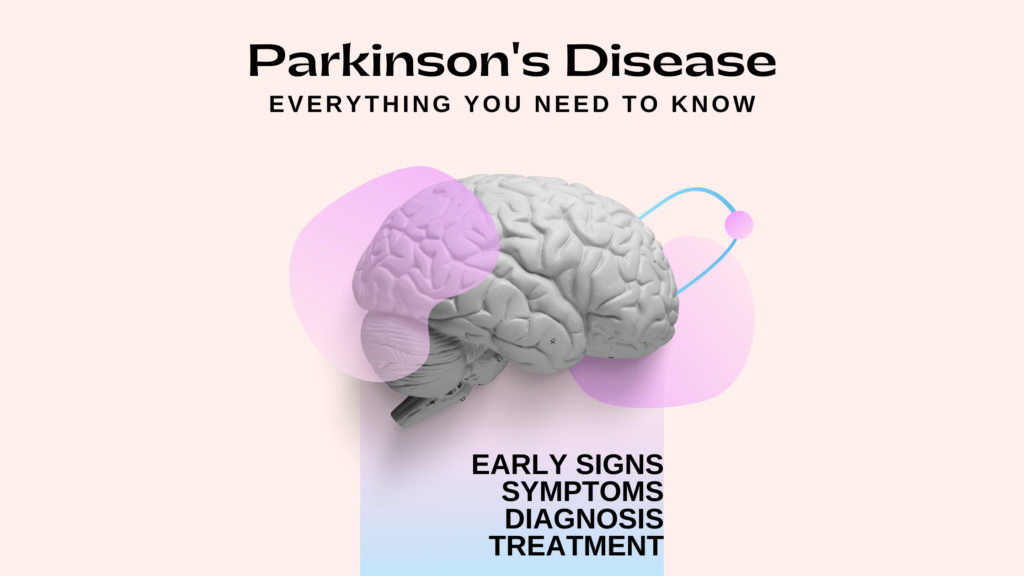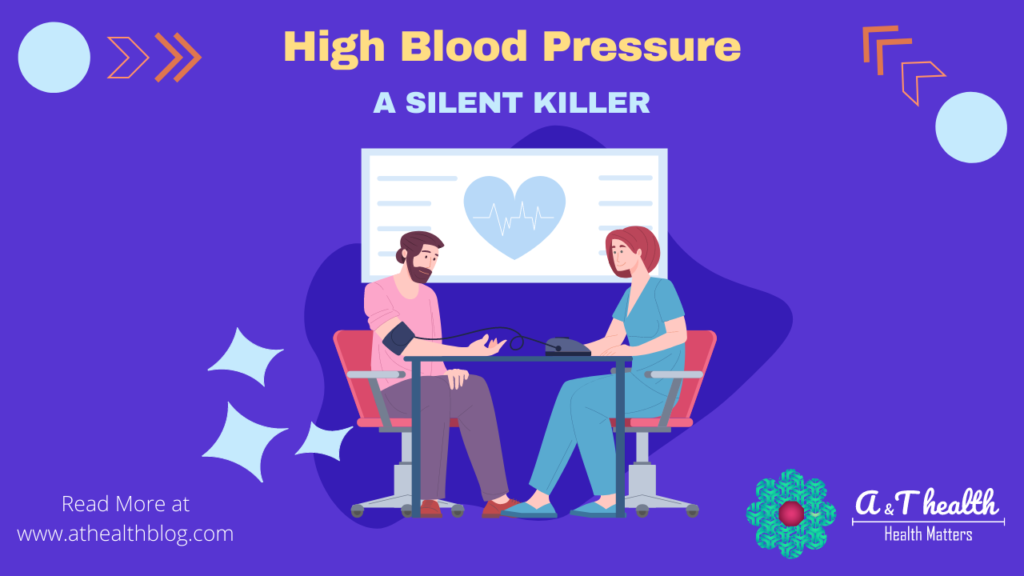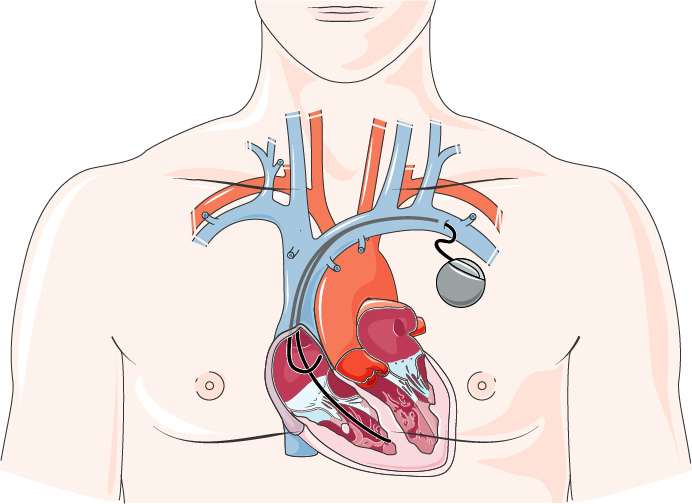What is Parkinson’s Disease?
Parkinson’s is crippling a disease which is 2nd most common neurodegenerative disease.
There is no definite treatment for Parkinson’s, but there are medicines used to slow down the progression of the disease.
Parkinson’s disease is an ongoing neurodegeneration process that happens inside the brain, worsening with time if not controlled.
Parkinson’s is a chronic disease and causes neurodegeneration as the disease progresses. The destruction of dopamine-producing neurons inside the brain leads to gradual degeneration and disability of motor skills.
Doctor James Parkinson, 1817, first introduced Parkinson‘s disease in his publication “An Essay on the Shaking Palsy”. The disease was named after the Doctor.
What causes Parkinson’s Disease?
The cause is the loss of dopaminergic neurons inside the brain. Still, the pathophysiology of the disease is much more complex than this simple statement.
With the advanced research and more diagnostic tools available, it is safe to say that multiple reasons lead to the development of Parkinson’s disease. Some of the reasons are;
Environmental Factors:
One of the environmental factors in developing Parkinson’s disease is exposure to pesticides.
Pesticides are used in crops and fields to kill pests, damaging our crops. But due to excessive use, these chemicals are being ingested by us unknowingly.
These pesticides enter our environment through air, water and soil disturbance. This excess use has led to increased intake of these pesticides by both humans and animals.
These pesticides cause mitochondrial dysfunction and increased oxidative stress.
One of the common factors in developing Parkinson’s disease is Severe head injury.
Genetic Factors:
Genetic factors involved in developing Parkinson’s disease-account for a minimal number of cases. However, still, these cannot be ignored.
The genetic factors cause the mutation in genes of protein alpha-synuclein. Alpha-synuclein is abundantly present in our nervous system and is responsible for neurotransmission between neurons.
Mutation in the gene of alpha-synuclein causes overexpression of this protein (duplication and triplication). This increases the number of this protein, which is in the form of clusters with the shape of stars called Lewy bodies.
Lewy bodies are formed around neurons, especially dopaminergic neurons in the substantia nigra pars compacta (which contains many dopaminergic neurons), causing cell death and apoptosis.
Lewy bodies affect majorly dopaminergic neurons, but other neurons of our central nervous system are also affected by the accumulation of Lewy bodies.
Especially neurons of the cerebral cortex and olfactory bulb, resulting in changes in bowel control, mood, sleep, and loss of taste and smell.
As the disease progresses and neuronal death increases, dopamine therapy becomes ineffective as the damage gets into other parts of the central nervous system.

What are the symptoms of Parkinson’s Disease?
Parkinson’s disease affects up to 1 million patients in the united states alone. The average onset age of patients is above 55 years.
So it can be said that Parkinson’s disease is mainly related to age. Still, people having Parkinson’s at young age depicts the underlying genetic factor.
Parkinson’s disease early signs:
Parkinson’s disease’s early signs consist of non-motor abnormalities due to the accumulation of Lewy bodies in the medulla oblongata, enteric nervous system, and olfactory bulb. The proliferation of Lew bodies destroys neurons in these sections, producing Parkinson’s disease early signs, including;
- Mood Changes
- Anxiety
- Depression
- Constipation
- Impaired olfaction – Difficulty in swallowing
As Parkinson’s affects various sections of our central nervous system, a Parkinson’s patient exhibits multiple symptoms and problems.
Autonomic and Sensory Symptoms:
Patient experiences;
- Pain intolerance
- Fatigue
- Consistent drooling
- Balder dysfunction
- Diaphoresis
- Sexual Dysfunction
- Dysfunctioning of the olfactory system (loss of taste, smell)
Motor Symptoms:
Motor symptoms involve dysfunctioning of all the voluntary and involuntary movements done by a person, like;
- Impaired gait and increased risk of falling
- Reduced Facial Expressions
- Low Voice
- Flexed Posture
- Stopping or freezing before starting any movement
- Difficulty in swallowing
- Slurred Speech
- Reduced eye blinking rate
- Difficulty in standing from a sitting position
Changes in Mental status & Sleep disturbances:
A series of psychiatric problems are observed in Parkinson’s patients, impacting their quality of life with disease progression.
- Increased Anxiety
- Slowing down of thought process
- Cognitive impairment
- Depression
- Hallucinations (mostly related to the use of dopaminergic drugs)
- Dementia worsens with age, with slow progression in young adults
- Disturbances in the wake-sleep cycle (daytime sleeping and insomnia)
- Sleep Apnea
- Restless leg syndrome
- Limbs Pain

How to Diagnose Parkinson’s?
The symptoms of Parkinson’s shown above are simple. They can easily be identified, but there are many other problems which may look like Parkinson’s disease but are not Parkinson’s.
Diagnostic Criteria:
To avoid an incorrect diagnosis of Parkinson’s disease, the UK Parkinson’s Disease Brain Bank developed criteria for diagnosing Parkinson’s Disease, which reduces up to 30% error chances.
Parkinson’s can be clinically identified if the patient is showing bradykinesia and one of the following dysfunction;
- Rigid Muscles
- Resting tremors
- Unstable posture
In bradykinesia, the initiation of voluntary movement is slowed down, and the movement speed keeps on reducing if these are repeated repetitively.
Exclusion Criteria:
There are also exclusion criteria, which suggest there is a need for additional diagnosis if the patient presents a history of the following :
- Head Injury
- Stroke
- Definite encephalitis Oculogyric Crisis
- Use of dopamine receptor blocking agent
- Cerebellar Signs
- Supranuclear Gaze Palsy
- Severe Dementia
A complete list of exclusion criteria can be read on UK Parkinson’s Disease Brain Bank.
Drugs Induced Parkinson’s Disease:
Several drugs cause blockage of dopamine receptor blockage, producing effects like Parkinson’s disease.
The symptoms subside soon after drug withdrawal. The severity of Parkinson’s induced by drugs depends on the type of drug, dosage, and duration.
Following are the drugs that are found to induce Parkinson’s Disease. The exact mechanism by which they induce Parkinson’s is still unknown to some medicines.
- Cinnarizine
- Prochlorperazine
- Metoclopramide
- Antipsychotics
- Sodium valproate,
- Non-steroidal anti-inflammatory Drugs
- Phenytoin
- Amiodarone
- Oral contraceptives
- Lithium
- Amphotericin

Treatment for Parkinson’s disease:
There is no cure for Parkinson’s Disease. Still, there are many treatment for Parkinson’s disease that can help reduce symptoms and slow down the progression of the disease.
However, treatment for Parkinson’s disease is mainly focused on reducing the symptoms experienced by the patient, improving the patient quality of life and slowing down the progression of the disease.
Medication for Parkinson’s Disease:
The medications for Parkinson’s disease are aimed at reducing symptoms such as:
- Stiffness of muscles and muscle spasms
- Movement dysfunction
- Sleep disturbances
- Dementia and depression.
Medicines for Parkinson’s disease are as follows;

Deep Brain Stimulation:
Other than medication for Parkinson’s disease, surgical treatments are available for patients, but surgical treatments are not for everyone. Deep brain stimulation is not for those patients who do not respond with the use of dopamine therapy.
The target sites for deep brain stimulation treatment of Parkinson’s disease are:
- Thalamus
- Subthalamic Nucleus
- Globus Pallidus internus – GPi
Deep brain stimulation is a surgical technique for treating Parkinson’s disease. This procedure involves implanting a device that sends electrical signals to the subthalamic nucleus and allows control over the tremors and movements in patients who have Parkinson’s disease.
A battery-powered neurotransmitter is Implanted below the clavicle region and is programmed to release electrical signals. These electrical signals act as a neurotransmitter and help in the normal functioning of neurons.
Deep brain stimulation treatment for Parkinson’s disease requires routine adjustment of the electrical stimulation parameters to achieve optimal control while minimizing side effects.
Electrical stimulation parameters are adjusted via a programmable handheld device to meet each patient’s needs and performed by physicians and other trained individuals.
The benefit of Deep Brain Stimulation:
- It helps reduce tremors, bradykinesia, rigidity in muscles, etc. but doesn’t help alleviate all Parkinson related symptoms.
- Deep brain stimulation helps in reducing the number of medications taken by patients.










